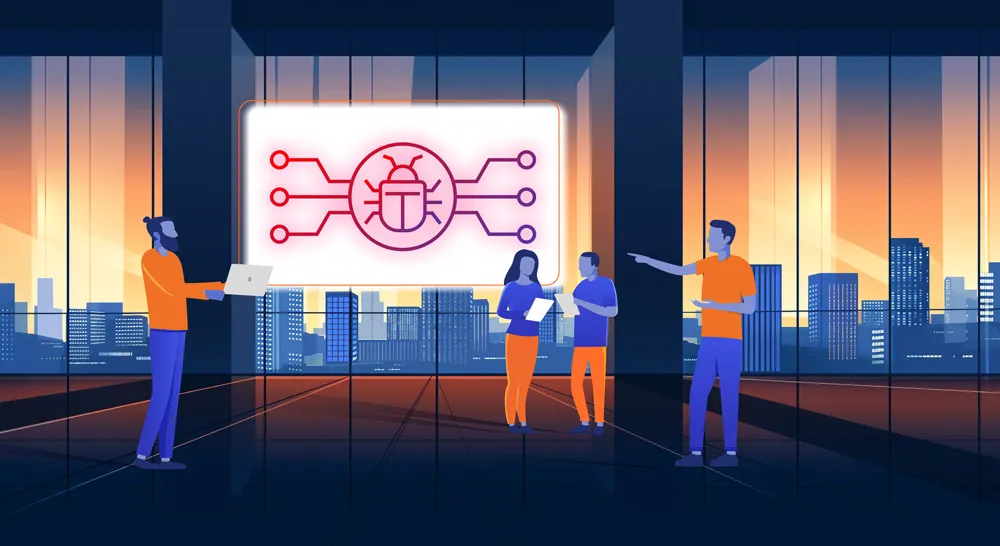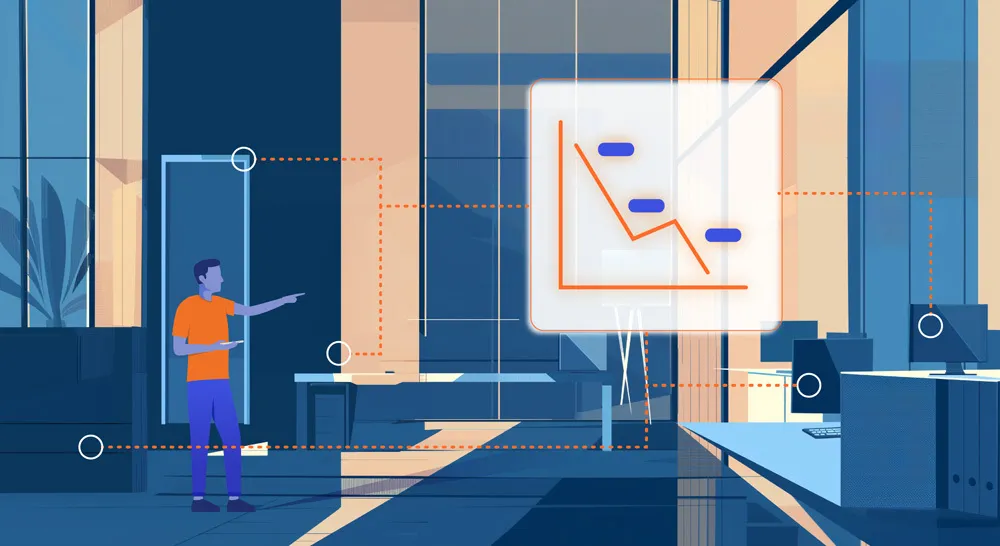
When used broadly, the word “critical infrastructure” refers to various resources, including those utilized to generate power, provide telecommunications services, provide financial and security services, and provide shipping and transportation. It may also encompass IT infrastructure and computer logistics, which include sensitive information and data.
With the majority of these services, whether public or private, being handled by third-party organizations using cutting-edge technology, the security, and protection of these essential infrastructure components becomes critical. Critical infrastructure is subject to a range of threats. Managers who cause trouble, unhappy workers, spies, hackers, spammers, and even criminals can cause problems.
Furthermore, key infrastructure in both the commercial and governmental sectors has shifted to cloud computing due to its simplicity of use and low cost. While cloud computing enables clients to run important IT infrastructure components in an accessible and cost-effective manner, certain privacy and security issues must be addressed.
What Is Critical Infrastructure?
The term “critical infrastructure” refers to the systems and assets that are required for a society and economy to function. This includes the infrastructure, systems, and tools that deliver basic services like electricity, water, communication, transportation, and healthcare. These assets are frequently interrelated and interdependent, which means that the failure of one might have a domino effect on others.
It cannot be emphasized how important it is to secure key infrastructure. Critical infrastructure is a major target for cyber assaults, natural catastrophes, and other hazards in the connected world of today. If these assets are hacked, they may interrupt important services and have far-reaching implications for public safety, national security, and the economy.
The Importance of SIEM in Critical Infrastructure Protection
SIEM solutions are intended to give organizations real-time visibility into their IT environments and to aid in the detection of possible security risks. They accomplish this by gathering and analyzing data from several sources, including security hardware, software, and network traffic.
The capacity of SIEM to identify abnormalities and unusual activity that may point to a security breach is one of its main advantages. A SIEM system, for example, can notify security staff if a user’s account is accessed from an odd place or at an unusual time. Likewise if a network device begins talking with an unfamiliar server, a SIEM system can identify it as a possible threat.
SIEM systems can assist in threat prevention in addition to threat detection. Several SIEM systems include built-in rules and algorithms that can automatically stop suspicious activity or warn security staff to take action. For example, if a user tries to access a sensitive file without the necessary rights, a SIEM system can restrict access and notify security professionals.
Managing Assets For Larger Enterprises
SIEM makes it easier for large organizations to handle security by sifting through vast volumes of security data and prioritizing security alerts generated by the program.
SIEM software enables businesses to detect incidents that might otherwise go undiscovered. The software examines the log entries for evidence of malicious activity. In addition, because the system collects information from several networks’ sources, it can recreate an attack’s history, allowing an organization to ascertain the attack’s type and its effect on the business.
It can also assist an organization in meeting compliance obligations by creating reports that contain all logged security incidents from various sources. Without SIEM software, the organization would have to manually collect log data and create reports.
Moreover, a SIEM system enhances incident management by helping the organization’s security team follow the path an attack travels throughout the network, identify the sources that were compromised, and provide automated capabilities to stop attacks that are already underway.
Reshape To Protect Critical Infrastructure
It’s crucial to correctly design and manage a SIEM system if you want to utilize it to safeguard crucial infrastructure. Here are some suggestions for optimal practices:
Choose and categorize your most important assets.
Begin by selecting the most important assets to your organization and ranking them in terms of importance and potential effect. By doing this, you’ll be able to concentrate your SIEM efforts on the assets that matter most and make sure they’re protected properly.
Set up the SIEM system to gather the appropriate data.
The SIEM system should then be configured to gather data from the appropriate sources. These might include security tools, software, network activity, and other relevant sources. Don’t forget to gather information from the crucial resources you named in step 1 as well.
Set up rules and warnings.
Set guidelines and alerts that will enable you to recognize and address possible threats. Alerts for unusual user behavior, unauthorized access to private information, or unexpected network activities may fall under this category. Include alerts for potential dangers to your vital assets as well.
Observe and evaluate
Monitor and examine the data collected by the SIEM system on a regular basis. This will assist you in recognizing potential threats and taking precautions against them. In order to make sure the guidelines and warnings created in step 3 are applicable and current, it is also crucial to examine them.
Conclusion
A step-by-step critical infrastructure protection strategy must be implemented. It is preferable to collaborate with professional organizations that specialize in identifying critical infrastructure and the risks that lie around it if an organization is unable to develop a framework on its own to reduce the risk. Even if a business develops an infrastructure protection strategy, it may not be the most effective strategy in terms of IT security.
With this in mind, it becomes essential to speak with organizations that specialize in critical infrastructure security against hackers and attacks. Most significantly, data, infrastructure, and technology security require being ready from the start to handle hacks and attacks and adhering to a systematic approach to prevent catastrophic events.
Your Complete Cyber Security Partner:
Vamos juntos a cada paso, por cada amenaza
At CYPFER, we don’t just protect your business—we become part of it.
Como una extensión de su equipo, nuestro único objetivo es la ciberseguridad, lo que garantiza su tranquilidad. Desde la respuesta a incidentes y la recuperación de ransomware hasta el análisis forense digital y el riesgo cibernético, nos integramos a la perfección con sus operaciones. Estamos con usted 24/7, listos para enfrentar las amenazas de frente y prevenir las futuras.
Elija a CYPFER y experimente una dedicación y experiencia inigualables. Confíe en nosotros para mantener su negocio seguro y resistente a cualquier ataque en todo momento.

Obtenga certeza™ cibernética hoy
Estamos aquí para mantener el latido de su negocio en funcionamiento, a salvo de la amenaza de los ataques cibernéticos. Donde sea y cuales sean sus circunstancias.
Contactar a CYPFER





